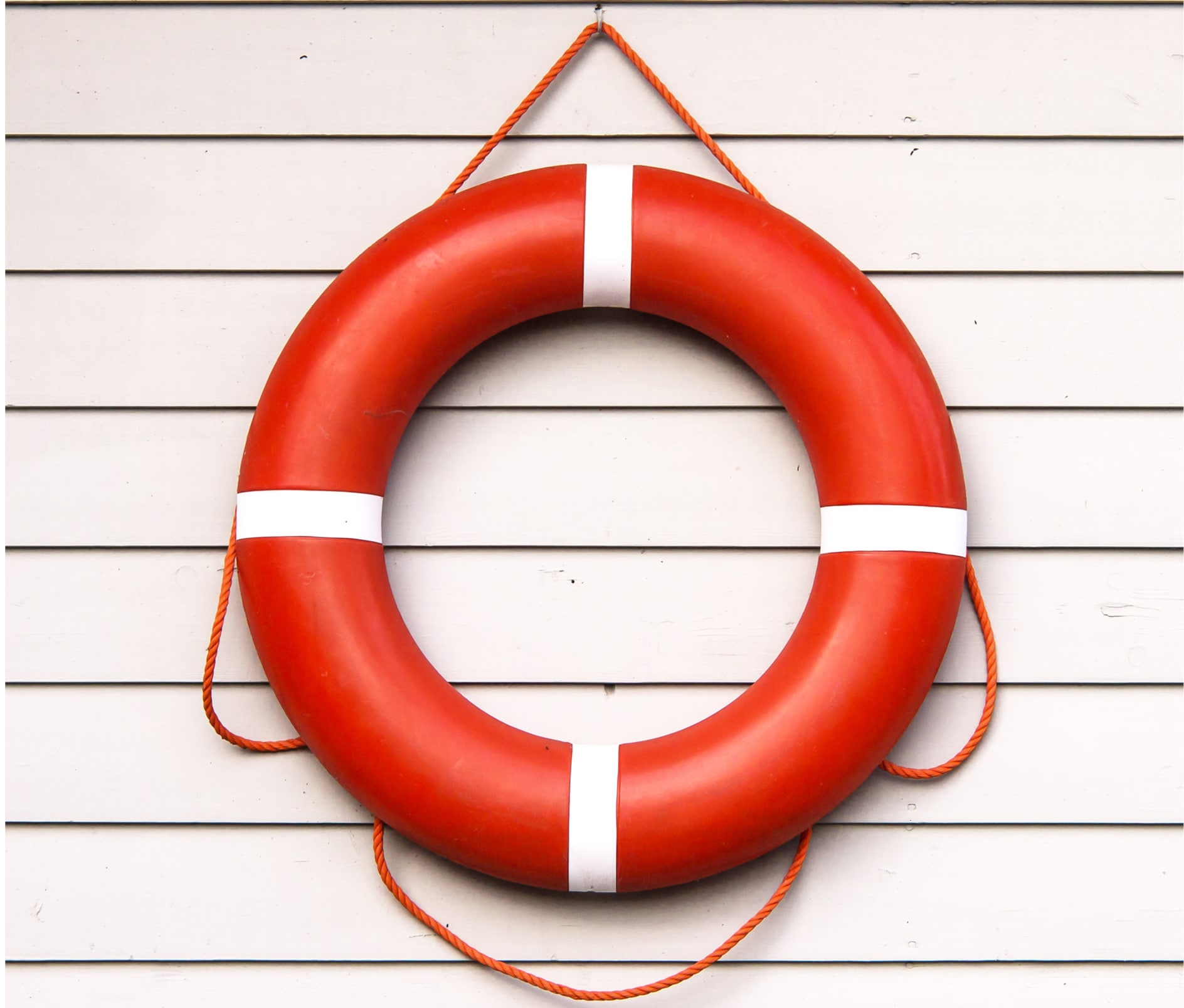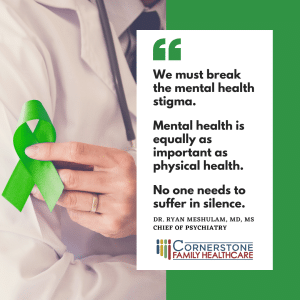The idea that your child could “drown” on dry land is admittedly terrifying, and makes many parents feel helpless. But these rare incidents can be prevented. Get the facts you need to help keep your kids as safe as possible in and out of the water.
The terms “dry drowning” and “secondary drowning” (also called submersion injuries) are often used interchangeably but they’re actually different conditions. In dry drowning, someone takes in a small amount of water through his or her nose and/or mouth, and it causes a spasm in the airway, causing it to close up. In secondary drowning, the little bit of water gets into the lungs and causes inflammation or swelling that makes it difficult or impossible for the body to transfer oxygen to carbon dioxide and vice versa. Dry drowning usually happens soon after exiting the water, but with secondary drowning, there can be a delay of up to 24 hours before the person shows signs of distress.
Dry drowning and secondary drowning incidents, while incredibly scary, are rare and account for only about 1 to 2 percent of drowning incidents. Dry drowning or secondary drowning (submersion injury) doesn’t happen out of nowhere. You’re going to see warning signs.
No matter your child’s age, be on the lookout for:
- Water rescue.Any child pulled from the pool needs medical attention.
- Persistent coughing or coughing associated with increased work of breathing needs to be evaluated.
- Increased “work of breathing.”Rapid shallow breathing, nostril flaring, or where you can see between the child’s ribs or the gap above their collarbone when they breathe, means they’re working harder to breathe than normal.
- Your kid was just excitedly playing in the pool, and now he/she is fatigued? It could mean not enough oxygen is getting into to her blood. Don’t put them to bed until the doctor gives you the go-ahead.
- Forgetfulness or change in behavior.Similarly, a dip in oxygen level could cause your child to feel sick or woozy.
- Throwing up.Vomiting is a sign of stress from the body as a result of the inflammation and sometimes a lack of oxygen, also from persistent coughing and gagging.
Any time you’re concerned about your child and think he could have symptoms of dry or secondary drowning, whether you’re in your backyard pool or on a beach vacation, call the pediatrician right away for advice. Your child’s doctor should be able to talk you through it and might advise you to go to the hospital, a primary care doctor, or an urgent care center.
Prevention is the same for dry drowning and secondary drowning as it is for any other kind of drowning:
- Swim lessons.Kids who are comfortable and skilled at moving around in the water are less likely to go under and take in water. Around age 4 is a good time to start.
- Monitor kids closely in and around the water, and enforce pool safety rules.
- Water safety measures.Children should wear floatation devices on boats; pools should have four-sided fencing around them; and you should never leave standing water where a child could get into it.
As long as you practice water safety, pay close attention to your kids after swimming, and get them checked out if you notice any signs of trouble breathing, you shouldn’t have to stress about dry drowning or secondary drowning.




